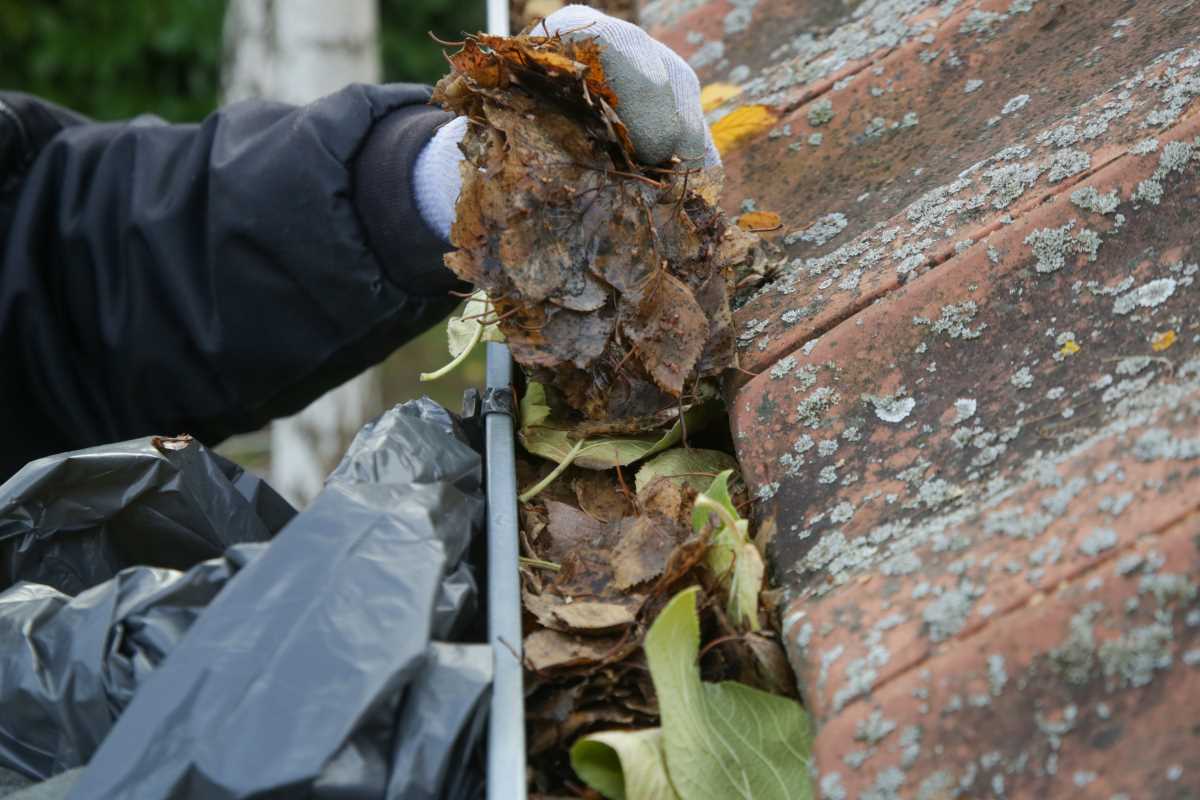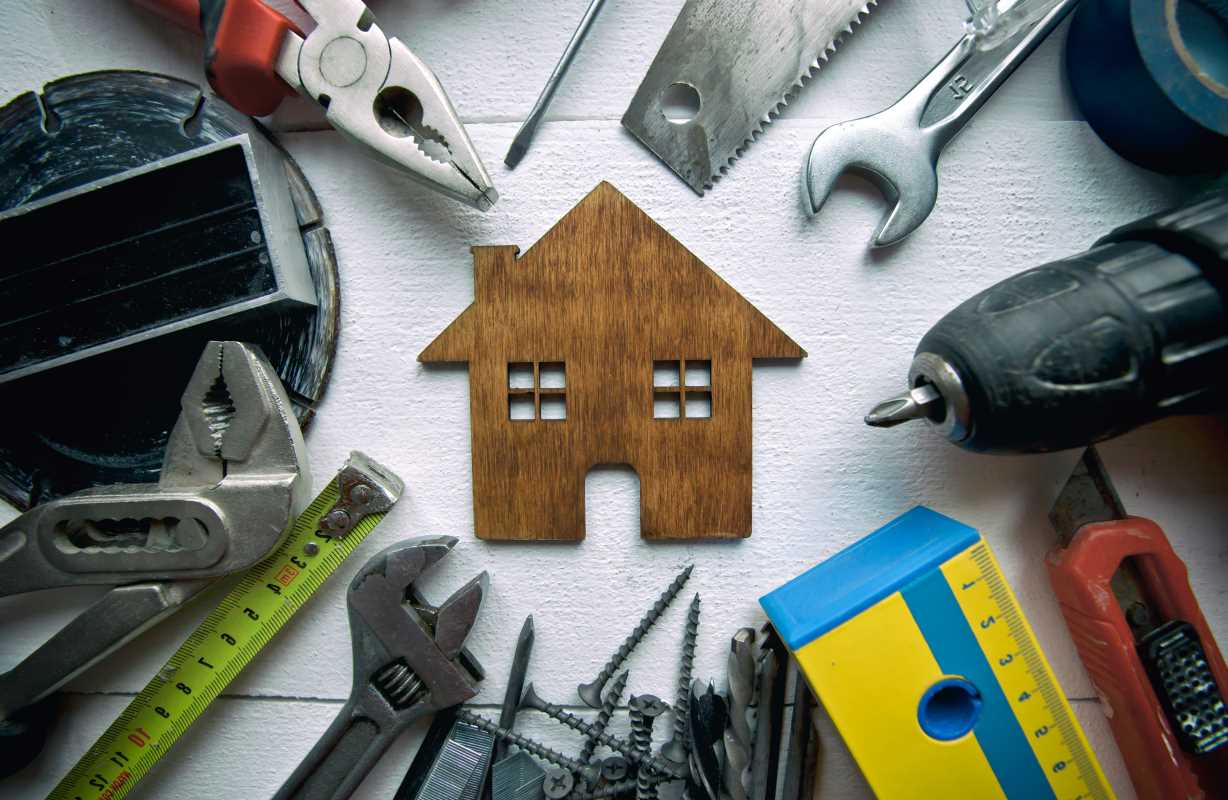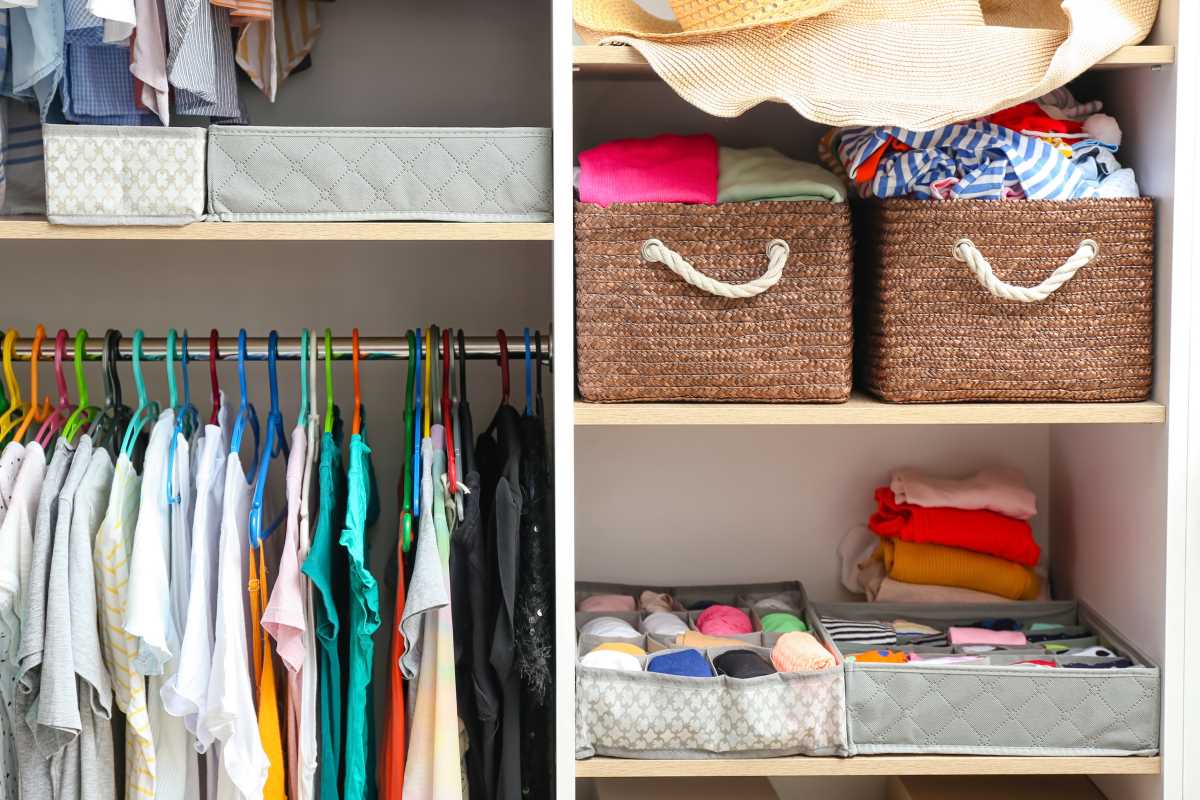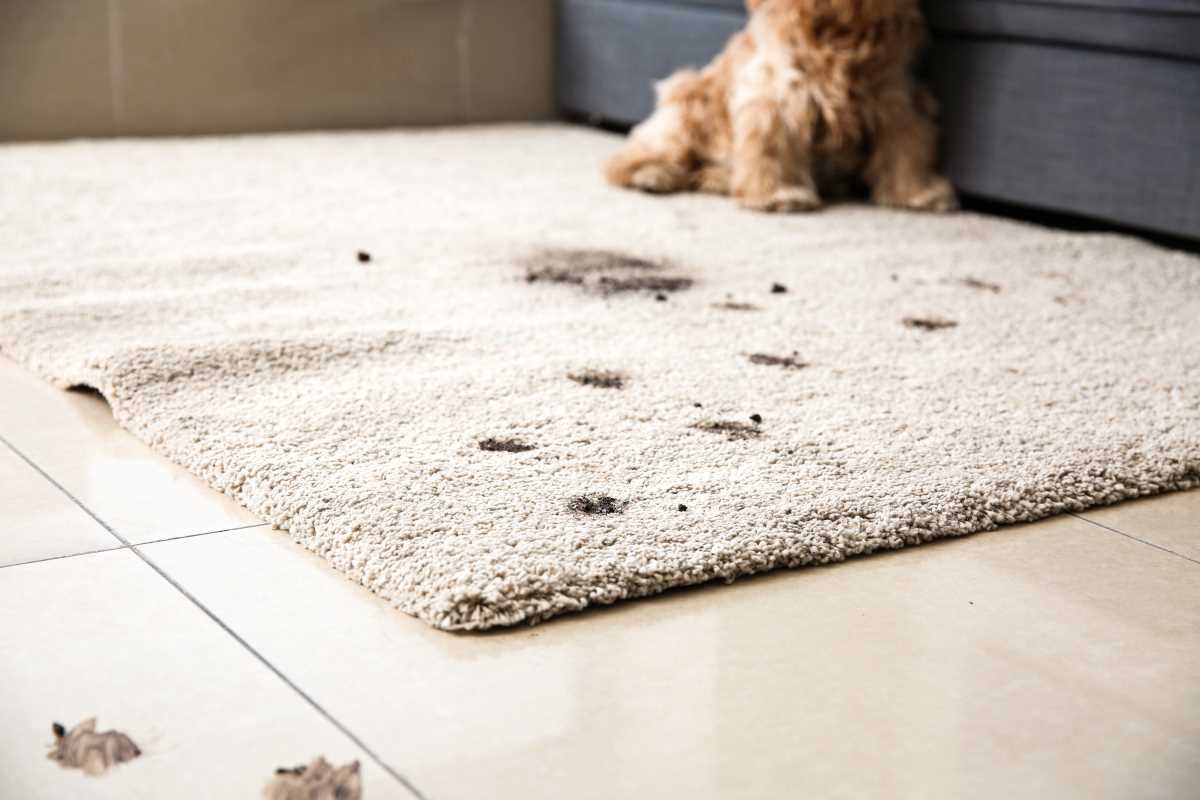Squeaky floors and loose tiles are more than just minor inconveniences; they can become sources of frustration that chip away at your home's comfort and overall appearance. Left unaddressed, these problems can worsen over time, leading to increased repair costs and potential safety issues. Fortunately, fixing squeaky floors and loose tiles doesn't have to be a daunting task. With the right tools, techniques, and a little patience, you can tackle these common household problems yourself and get your surfaces back to their best. This guide will take you step-by-step through understanding the causes of squeaky floors and loose tiles, along with practical solutions, preventative measures, and maintenance tips. By the end of this, you'll feel confident in restoring and protecting your home's flooring.
Understanding Squeaky Floors and Loose Tiles
Why Do Floors Squeak?
When your floors creak or squeak, what's actually happening is movement between different parts of the flooring system. Wood is the usual suspect, but even laminate and engineered wood can reveal similar problems over time. Key culprits behind squeaky floors include:
- Loose nails or screws: Over time, fasteners can loosen as the wood contracts and expands with changes in humidity. This results in subtle movements that cause noise.
- Gaps between the floorboards and joists: If the subfloor and floorboards don’t sit snugly on supporting joists, the friction between them can produce squeaking sounds.
- Wood shrinking or swelling: Wood naturally reacts to its environment. During drier seasons, it contracts, while in higher humidity, it expands. These small shifts may lead to movement between components.
For example, think about an older wooden staircase. The repetitive motion from years of use causes loose treads, which may squeak as they flex. It’s the same idea with wooden floorboards, and understanding these dynamics will help you address the problem effectively.
Why Do Tiles Become Loose?
Tiles should feel solid underfoot, but that stability depends on proper installation and maintenance. When tiles begin to shift or detach from their adhesive layer, the flooring becomes a tripping hazard and loses its pristine look. Here's why tiles typically come loose:
- Incorrect adhesive application: If a tiler doesn’t apply an even layer of adhesive or skips some areas entirely, the tiles won’t bond properly.
- Wear and tear: Time erodes most things, and grout or adhesive is no exception. High-traffic areas experience faster deterioration, which can weaken tile attachment.
- Subfloor issues: Shifts in a house’s foundation or moisture exposure can destabilize the subfloor, breaking the bond between it and the tile.
- Heavy impacts: Dropping a heavy object on a tiled floor can crack tiles, loosen grout, or weaken the adhesive underneath.
Imagine walking across your kitchen, only to feel a tile shift beneath you. Over time, these issues, if ignored, can cause nearby tiles to loosen as well, making it essential to deal with the problem early.
Now that you know the "why," let's jump straight into the "how" for repairing squeaky floors and loose tiles.
Fixing Squeaky Floors
Silencing a squeaky floor involves identifying the problem and applying one of several remedies based on the severity of the issue. Sometimes, a simple adjustment is enough, but other cases call for more robust interventions.
Tools and Materials Needed
Here's what you might need depending on your specific fix:
- Wood screws
- Drill with drill bits
- Hammer
- Wood shims
- Construction adhesive
- Powdered graphite or talcum powder
- Carpet knife (if working under a carpeted floor)
Having these on hand will ensure you’re ready to handle whatever your particular flooring issue throws your way.
Step-by-Step Fix for Wood Floors
1. Locate the Squeak
Start by pinpointing the problem. Walk across the room slowly, listening carefully. Focus your weight on small sections of the floor and mark every squeaky spot with painter's tape.
2. Tighten Nails or Screws (From Above)
If the squeak stems from a poorly secured plank:
- Drill a screw into the floorboard close to the squeak to anchor it more firmly to the subfloor.
- Replace loose nails with wood screws for longevity, as screws hold better over time.
- For homeowners with carpeted floors, peel back the carpet carefully before adding screws, and re-secure the carpet afterward.
3. Apply Powder
If the squeak is minor and seems to come from friction between floorboards:
- Sprinkle powdered graphite or talcum powder between the boards in the noisy area.
- Work the powder into the seams using a soft brush or cloth. This will lubricate the wood and reduce friction.
- This method is particularly effective in older homes where replacing boards isn’t feasible.
4. Add Shims Beneath (From Below)
If you have a basement or crawlspace giving you access beneath the flooring:
- Ask someone to walk over the squeaky spot while you diagnose the cause from below.
- Insert a wood shim into gaps between joists and floorboards to prevent movement. Use a drop of construction adhesive to hold the shim securely in place.
5. Replace Damaged Boards (If Necessary)
For persistent squeaks, the problem might be a warped or damaged board. Carefully remove the affected area and replace it with a new plank. When laying the new piece, ensure it’s cut to size and properly aligned. Secure it with screws or adhesive to prevent future flexing.
Example:
Imagine a homeowner with vintage hardwood floors identifying a squeaky section next to their dining table. By applying graphite for minor creaks and using wood shims for larger gaps, they can preserve their floors' character while addressing the noise.
Fixing Loose Tiles
Fixing loose tiles is all about restoring the adhesive and ensuring stability. Here’s how you can deal with shifting or wobbling tiles without replacing your entire floor.
Tools and Materials Needed
Prepare these tools before starting:
- Tile adhesive or thin-set mortar
- Grout and grout float
- Bucket and sponge
- Putty knife or notched trowel
- Tile spacers
- Rubber mallet
- Replacement tiles (if necessary)
Having the right materials ensures fewer headaches during the repair process.
Step-by-Step Fix for Loose Tiles
1. Remove the Loose Tile
Using a chisel or putty knife, pry up the wobbly tile gently. Work cautiously to avoid cracking it, especially if you plan to reuse the same tile. If the tile is damaged, remove it entirely and replace it with a matching one.
2. Clean the Surface
Scrape away old adhesive residue from both the tile base and the floor surface. This is a critical step to ensure a strong bond with the new layer of adhesive.
3. Reapply Adhesive
Using a notched trowel, spread tile adhesive on the back of the cleaned tile or directly onto the floor. Distribute it evenly to avoid gaps, and align the tile within the layout. Use tile spacers to maintain grout lines.
4. Secure the Tile
Press the tile into place firmly. Use a rubber mallet to tap the tile lightly, ensuring it sits level and bonds well to the underlying adhesive.
5. Apply Grout
Once the adhesive dries (follow the manufacturer’s instructions), regrout the tile’s edges. Pack the grout into the seams with a grout float, and wipe away excess with a damp sponge. Allow it to cure for the recommended time.
6. Seal the Tile (Optional)
Consider finishing the job by applying a tile sealant. Sealing the tile and grout will protect against moisture damage and help maintain the floor’s durability and aesthetics.
Example:
A homeowner notices their bathroom tile near the shower feels loose. The repair involves safely removing the tile, cleaning away soap-scummed adhesive, and relaying it with fresh mortar. This straightforward fix prevents water from seeping through and causing mold.
Maintenance and Prevention
Preventing floor and tile issues from cropping up again starts with proactive maintenance.
Preventing Squeaky Floors
- Immediate Repairs: Tighten screws or nails at the first sign of a squeak.
- Humidity Control: Use a humidifier in dry winters and a dehumidifier in humid summers to stabilize wood flooring.
- Quality Materials: Choose durable wood types, like oak, and ensure professional installation for long-term performance.
Protecting Tiled Surfaces
- Prompt Spill Cleanup: Water can weaken adhesive and grout; wipe spills quickly.
- Gentle Products: Avoid abrasive cleaners that might erode grout.
- Cushion Furniture Legs: Use pads under heavy furniture to prevent unnecessary pressure on tiles.
Regularly inspecting your flooring will help you catch small problems before they escalate.
 (Image via
(Image via





